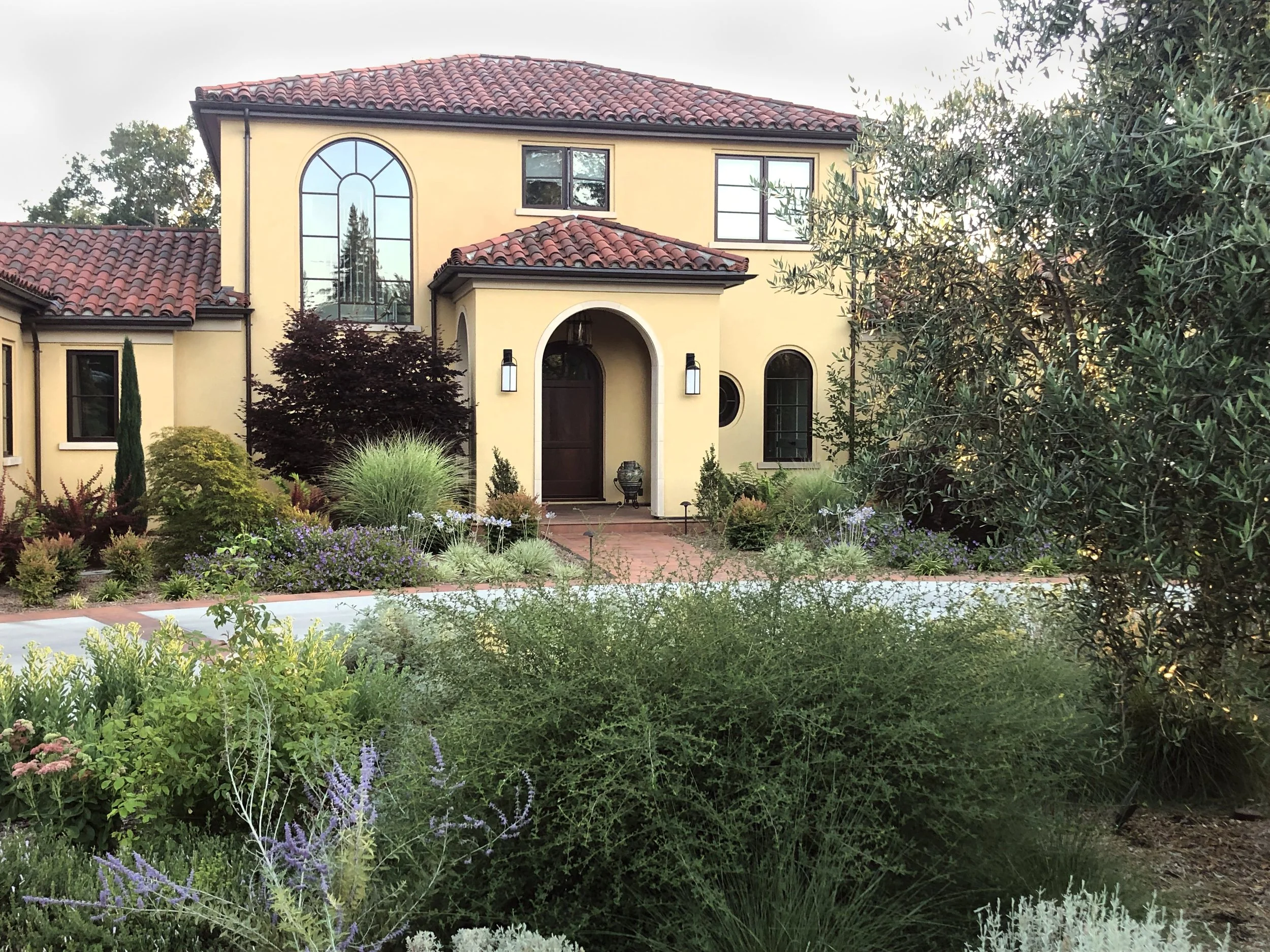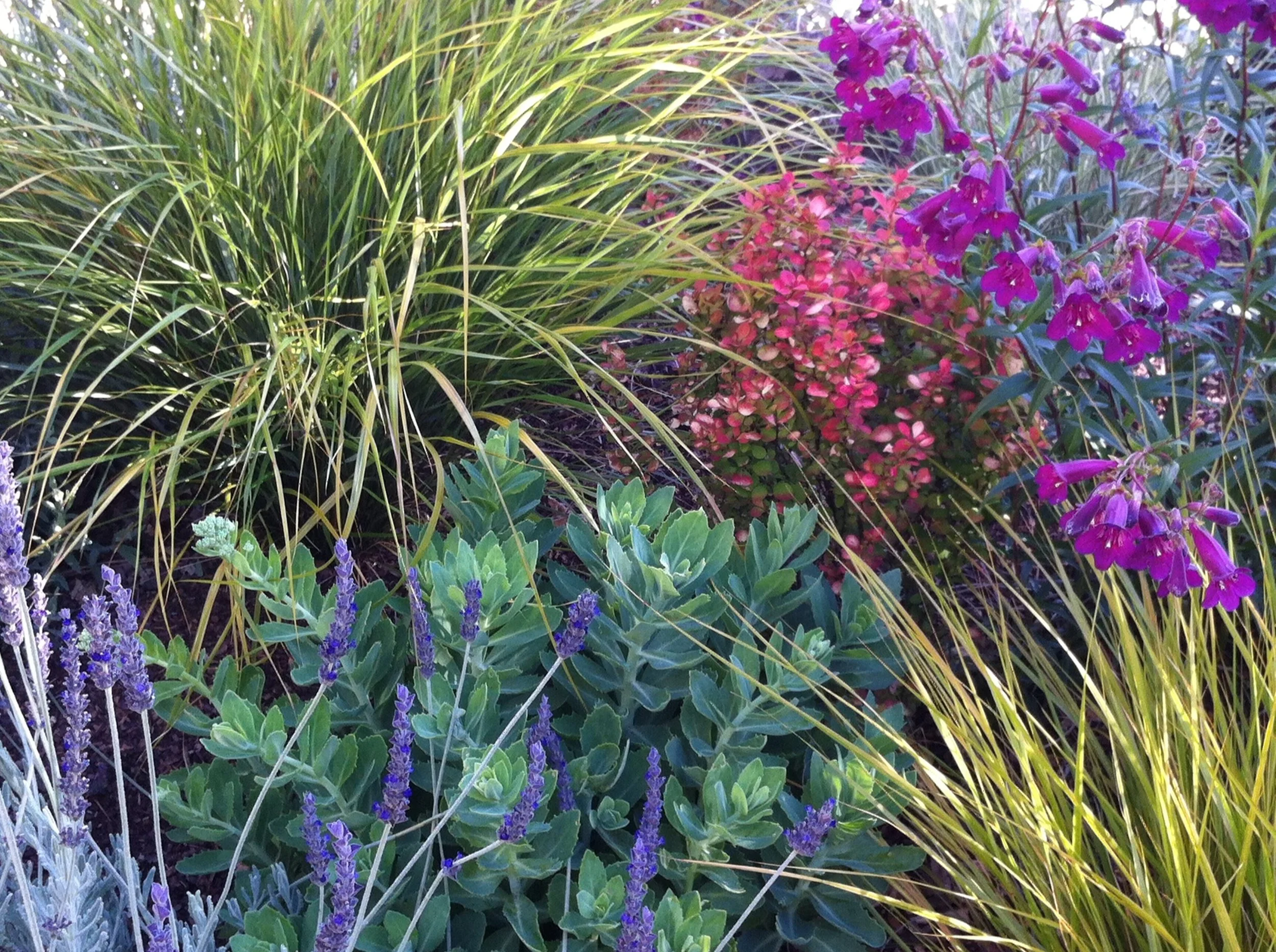The third of a 4-part series on the maintenance and foresight needed to keep a new landscape beautiful and healthy for decades.
Read MoreThe third of a 4-part series on the maintenance and foresight needed to keep a new landscape beautiful and healthy for decades.
Read MoreThe second of a 4-part series on the maintenance and foresight needed to keep a new landscape beautiful and healthy for decades.
Read MoreThe first of a 4-part series on the maintenance and foresight needed to keep a new landscape beautiful and healthy for decades.
Read MoreInsects provoke a range of reactions from us, from admiration to fear and disgust. Why do bugs… bug us? And what are they good for, anyhow?
Read MoreHow a good landscape architect designs your outdoor spaces to be your outdoor spaces.
Read MoreWithout a well-designed lighting system, you can only enjoy your landscape half of the time. Follow a few simple pointers to achieve beautiful, effective, efficient landscape lighting that elevates your outdoor rooms.
Read MoreA bespoke new landscape is a luxury, for sure. And a new landscape designed thoughtfully and installed carefully will always be expensive. But for the return our clients get from that investment, there may be no better value.
Read MoreThe most extraordinary planting design is worthless if those plants aren’t irrigated properly throughout their lives.
Read MoreA plant can only reach its potential in the landscape if its cultural needs are met. In creating a planting design we consider the site’s sunlight, water, soil, and other environmental factors before selecting plants.
Read MoreGardens have so much more to offer us than just flowers. Knowing the growth habits, shapes, and foliage characteristics of plants is key to designing a stunning landscape that doesn’t require flowers to have an impact.
Read MoreEveryone loves flowers, but flowers come and go. In designing the perfect perennial garden, we consider the types of plants we want well before we get to the blooms.
Read MoreUnity is an important design principle that plays a critical role in creating a cohesive, harmonious, and enjoyable landscape.
Read MoreAs with custom architectural design, successful landscape planning requires expertise and time, and WELO submittals are no exception.
Read MoreArchitects in California have probably come across the terms “WELO” or "MWELO" in your city’s submittal requirements. Understanding WELO early in the planning process can prevent costly last-minute expenses and frustrating delays.
Read MoreThe design principle of datum is commonly embodied as a focal point in the landscape, but has a much more powerful role as a predominant element that organizes its surroundings.
Read MoreThe skillful use of rhythym, usually with the repetition of similar objects, colors, or themes, enhances the user’s experience by creating order and harmony in the landscape.
Read MoreContrast is one of the most powerful tools in the landscape architect’s kit, and one way we design visually stunning and cohesive outdoor spaces that distinguish our clients’ properties.
Read MoreSince we accept so few new projects each year, we want to be sure every one of them will be a great fit. Here’s a look into the very beginning of the process when we are getting to know our new clients.
Read MorePlanning a new landscape is serious fun. How do we make the process of landscape design as joy-full as the outcome?
Read More



















